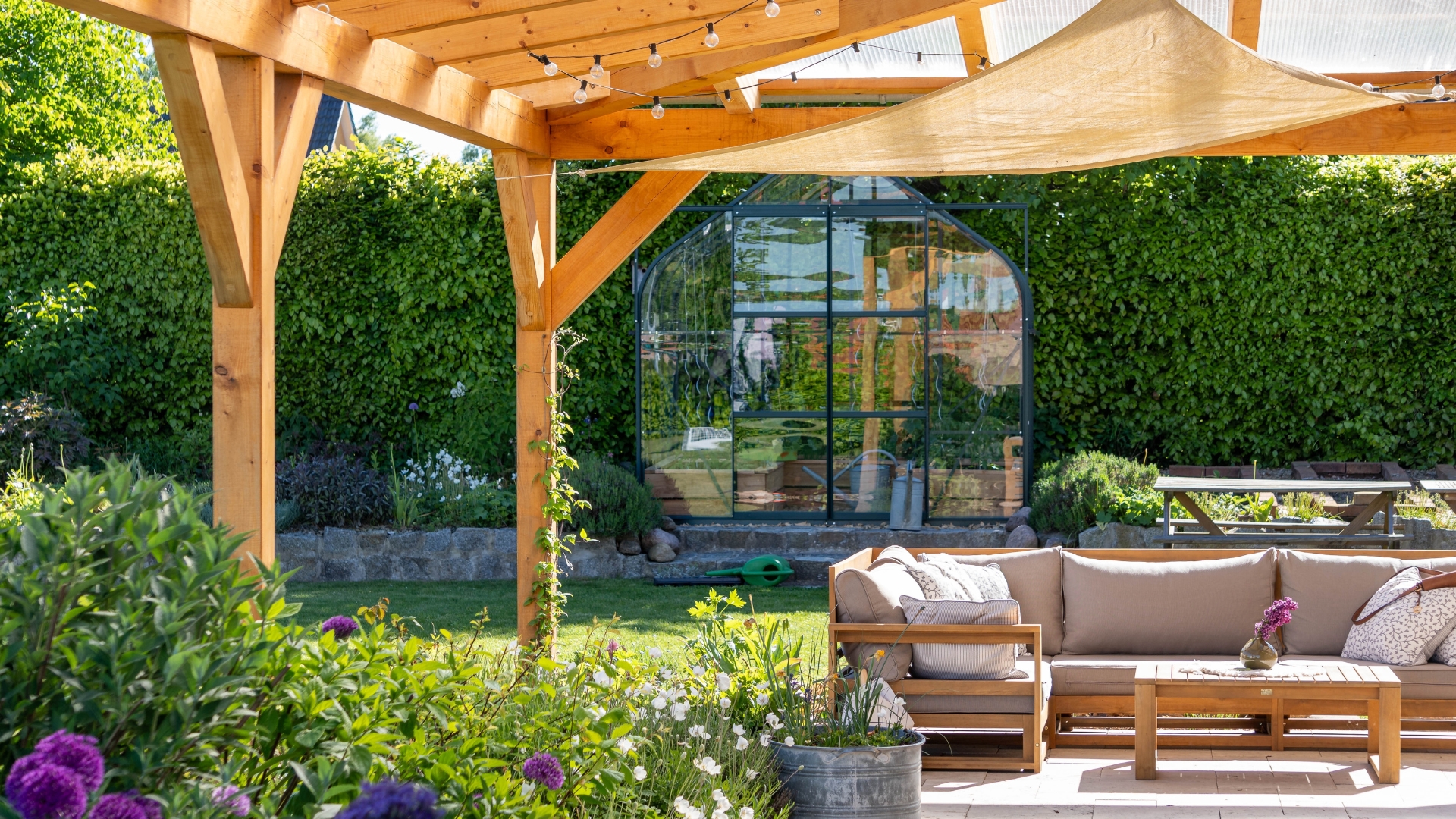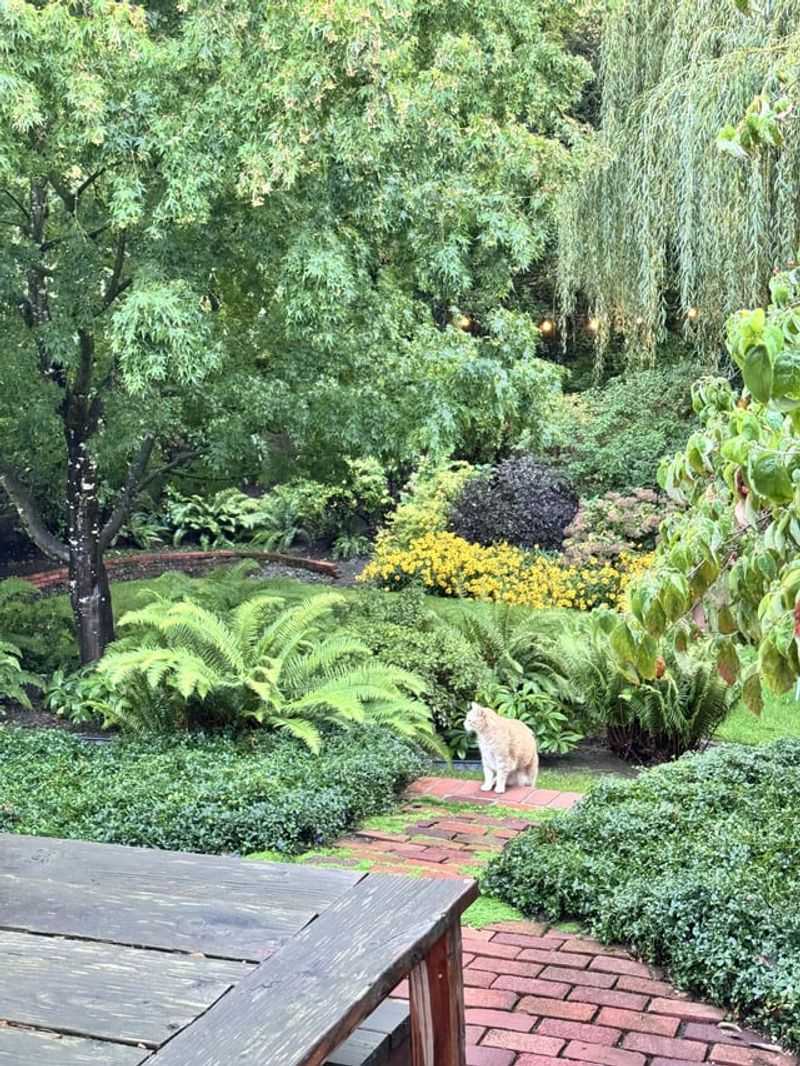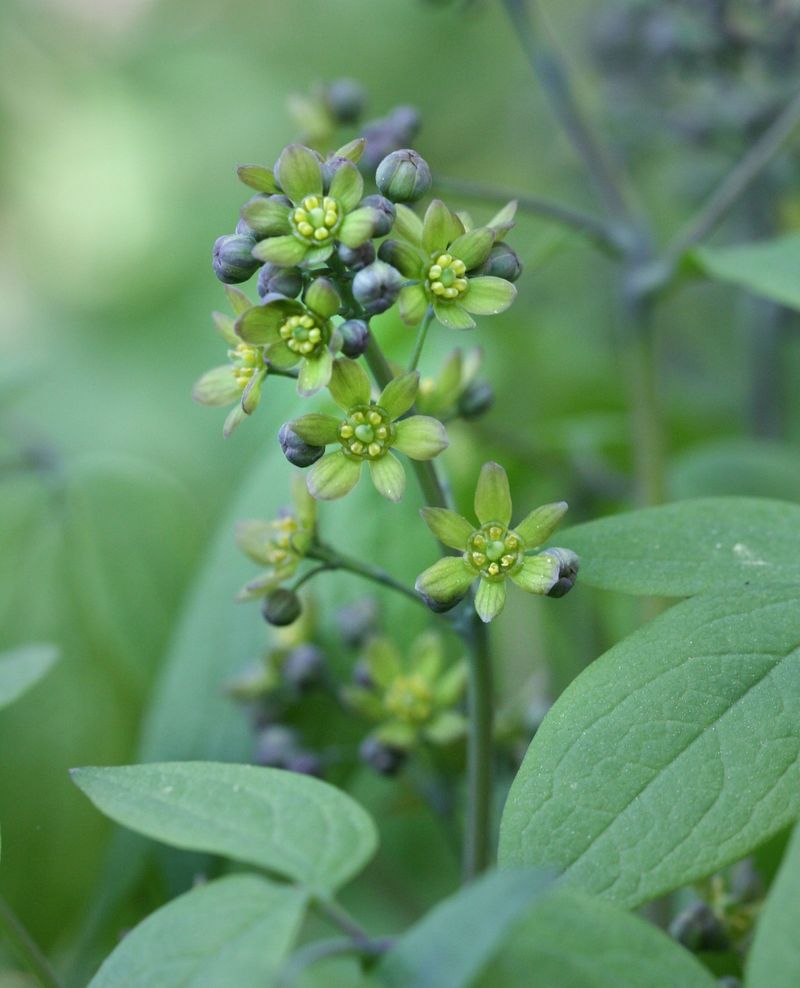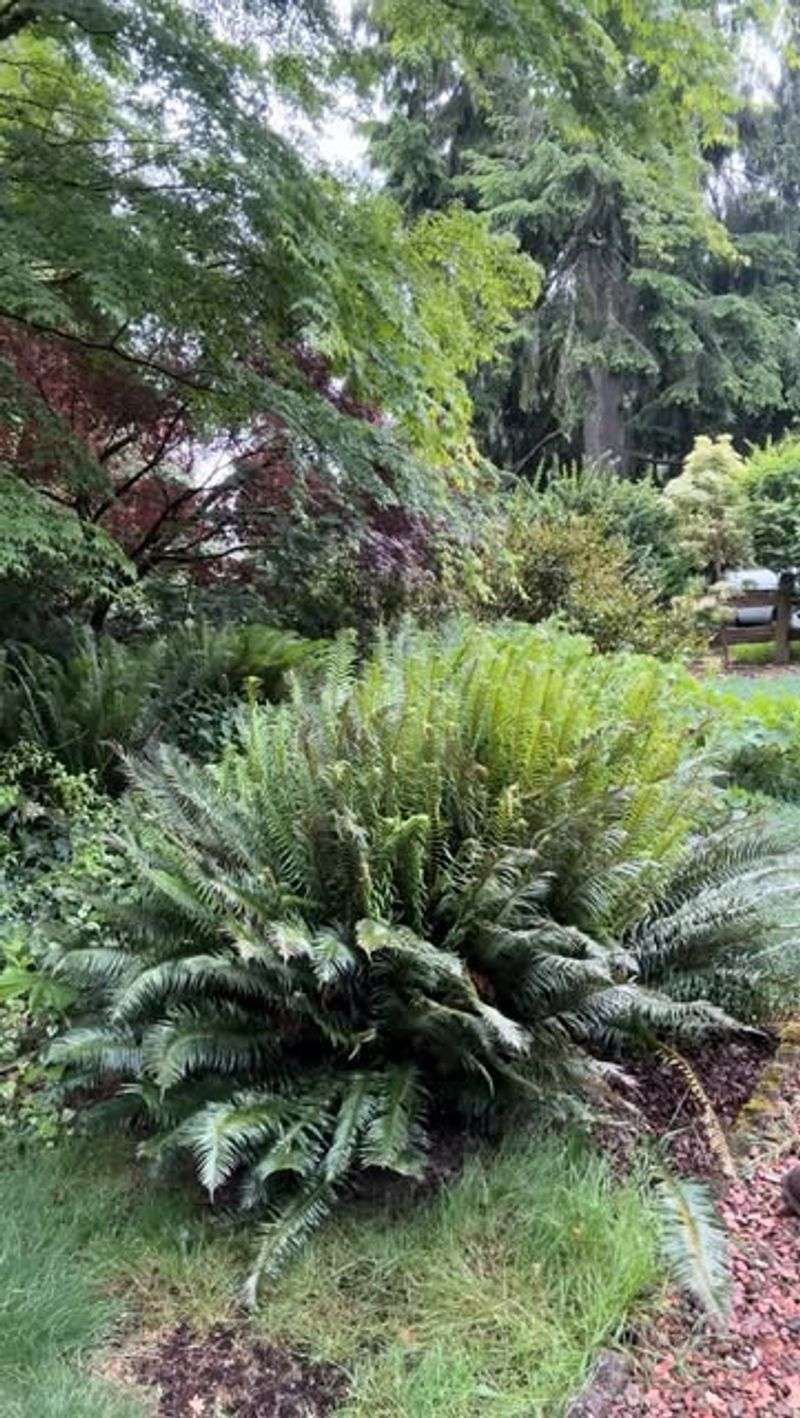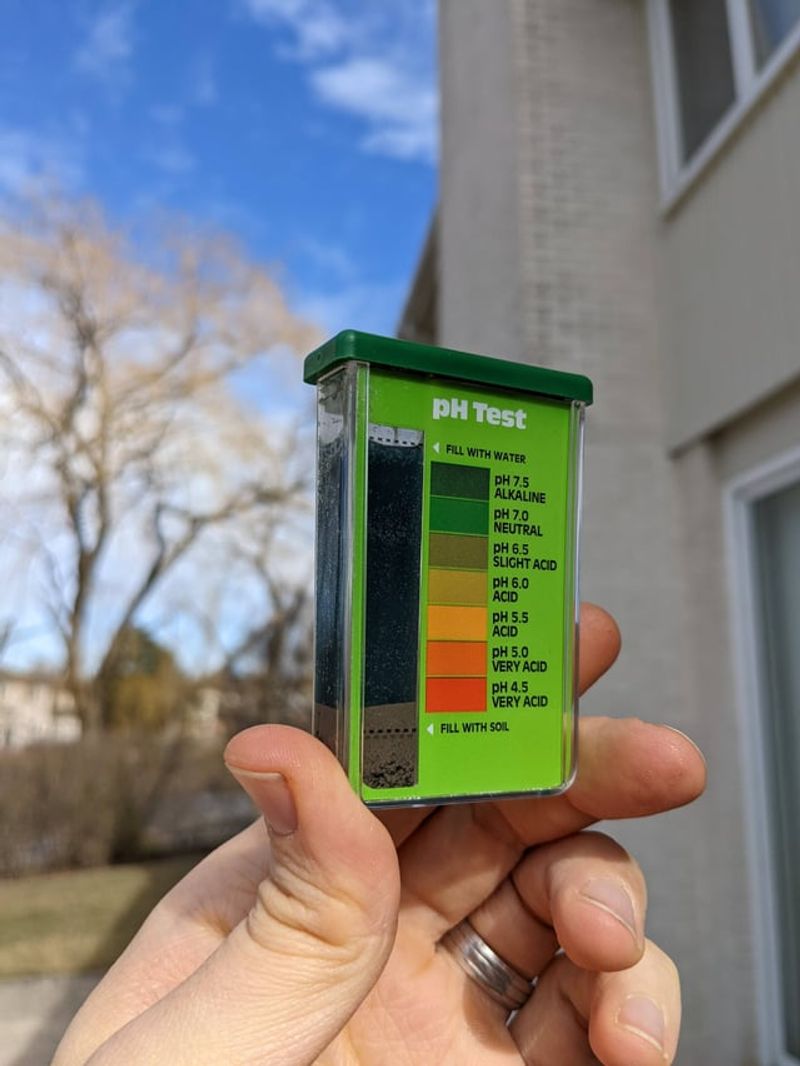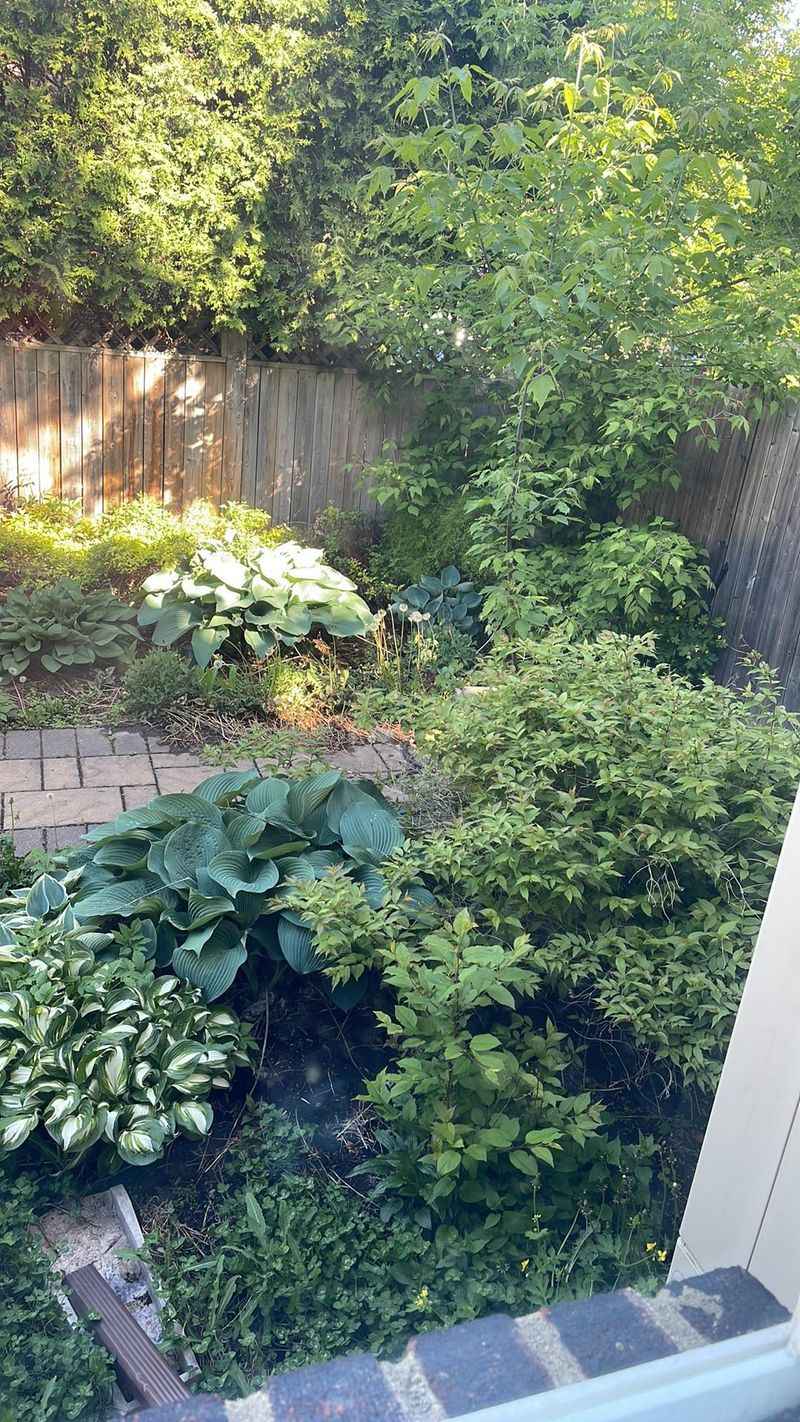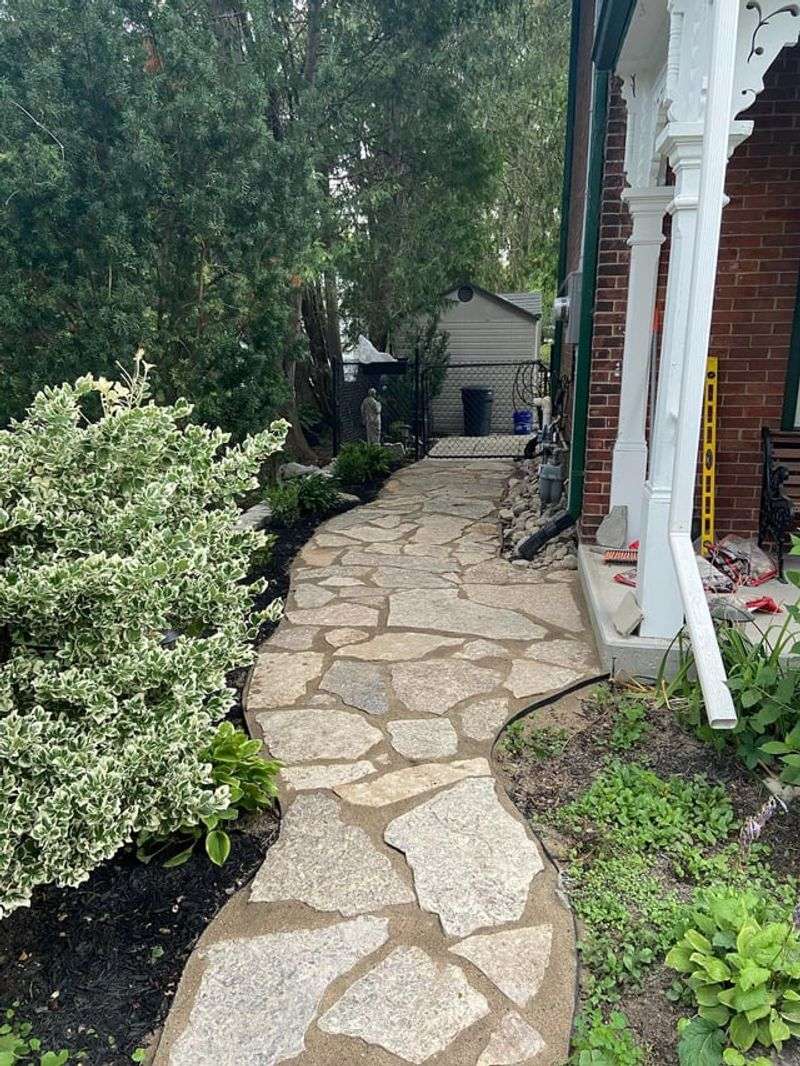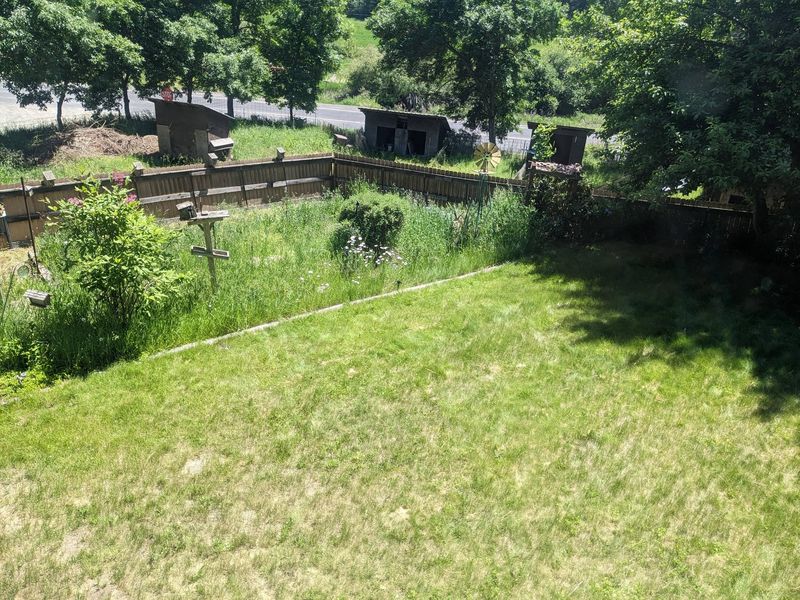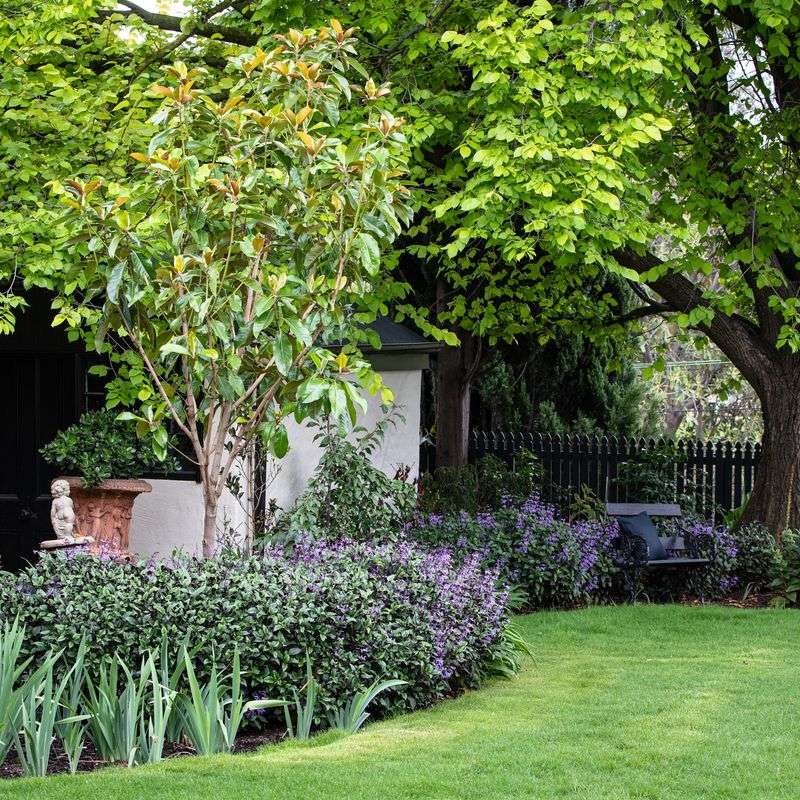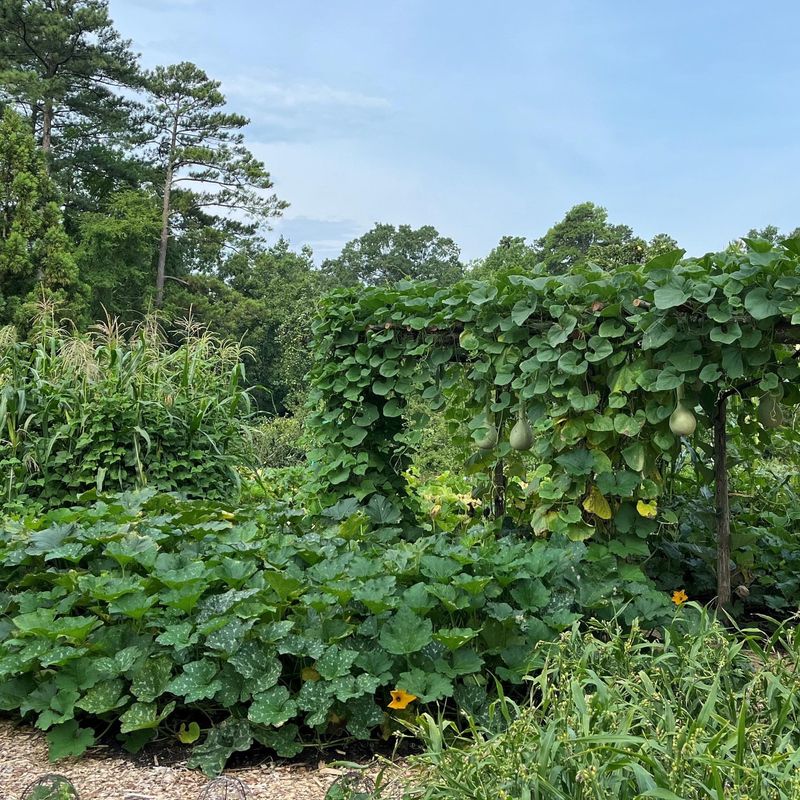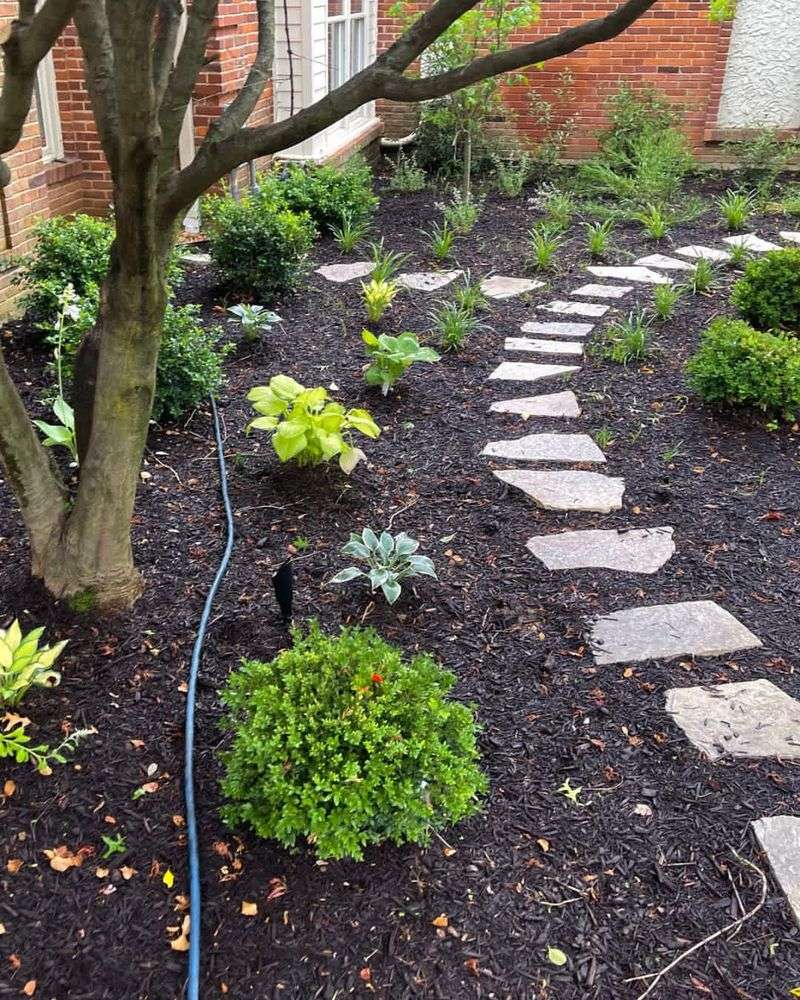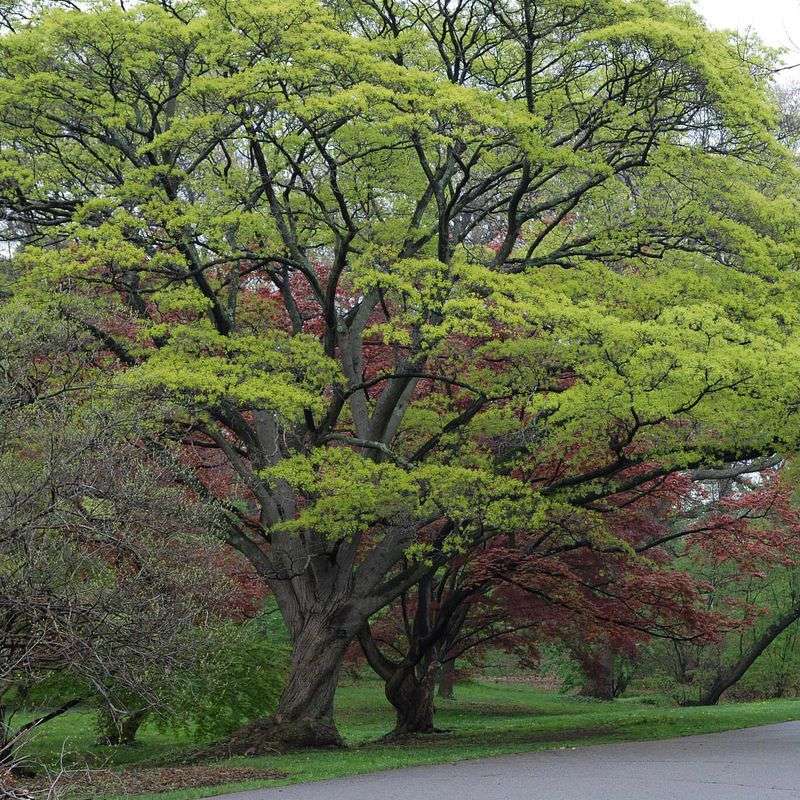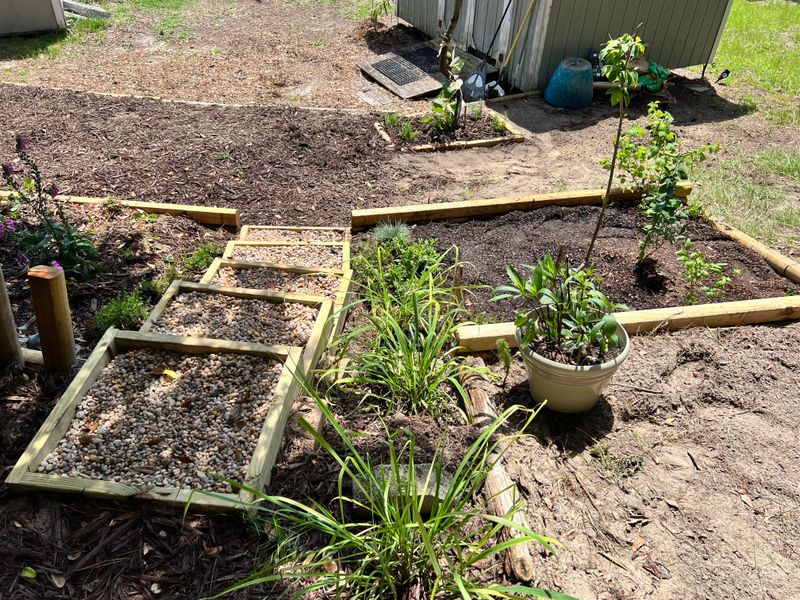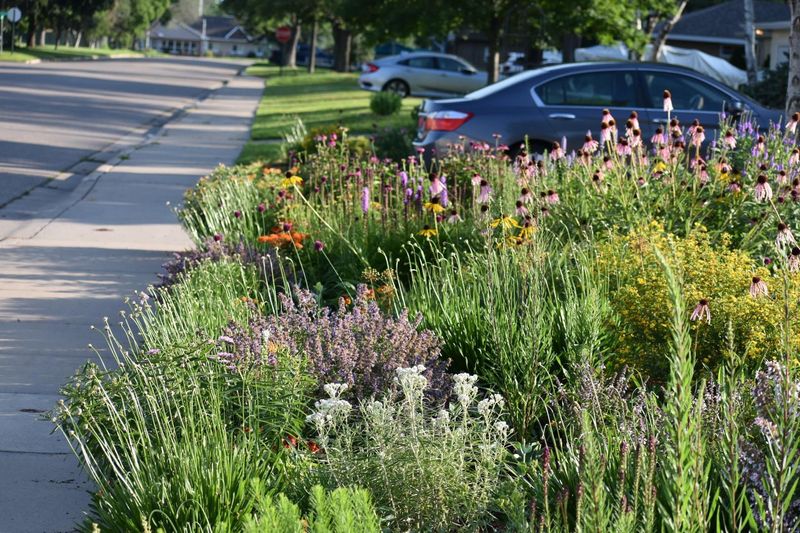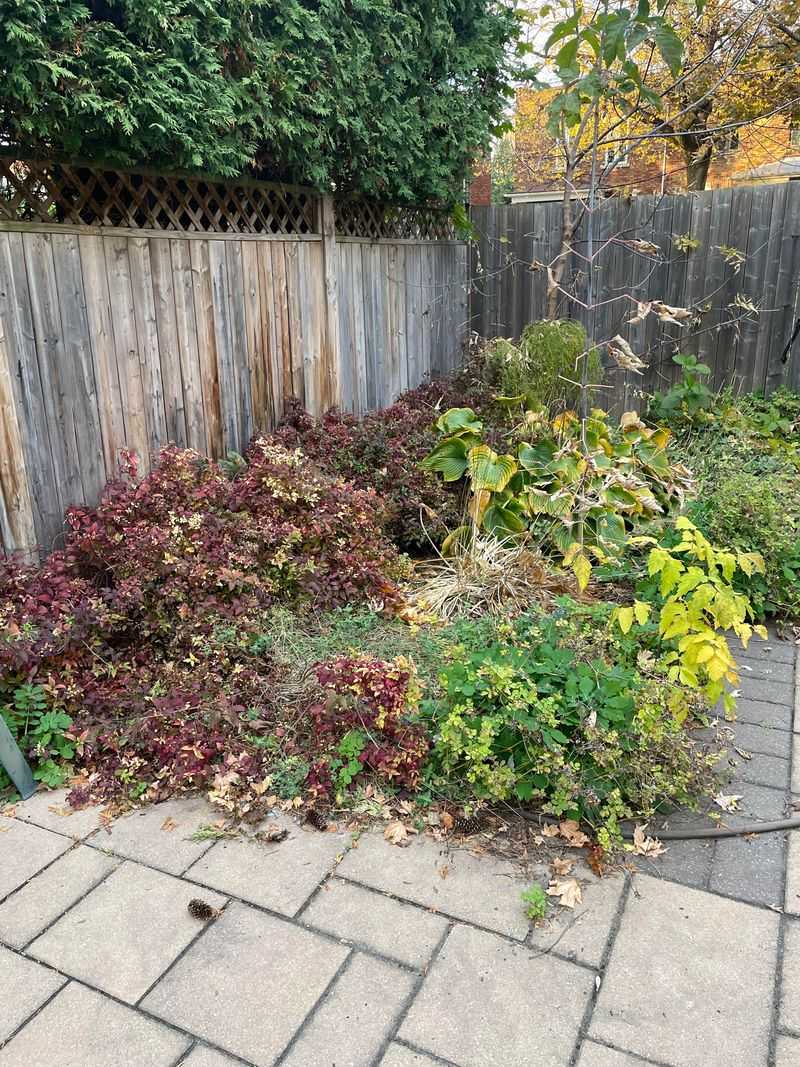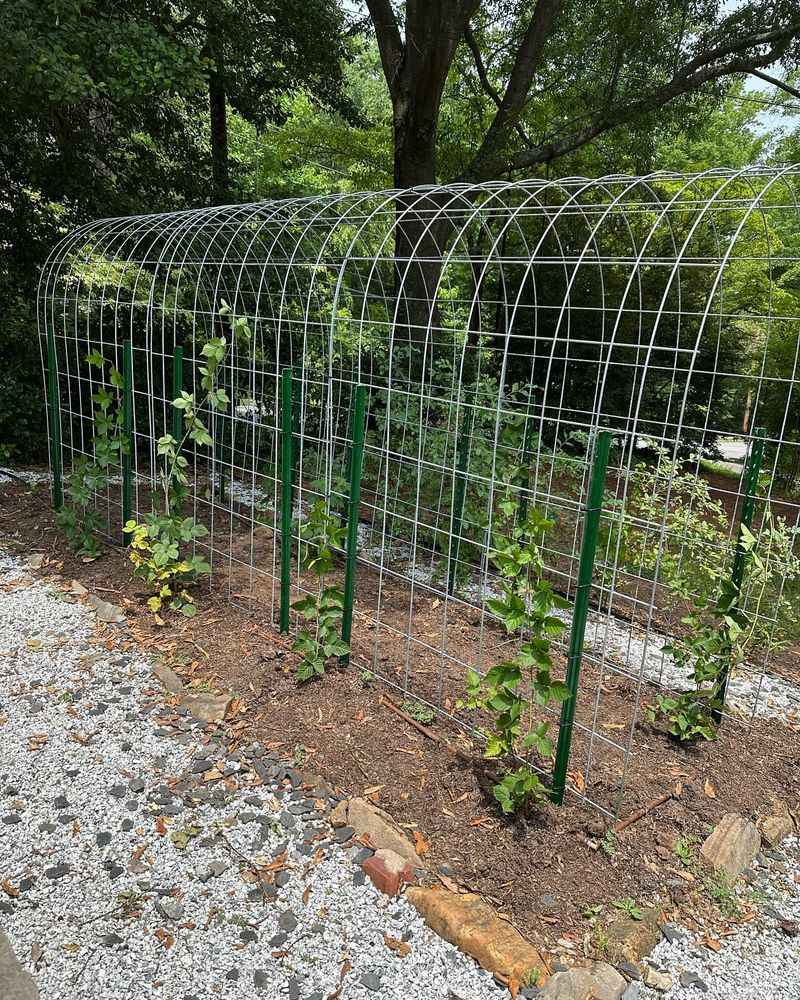Inheriting a garden can feel like stepping into someone else’s story—but it’s also a chance to write your own. I remember walking into mine and wondering what was a weed, what to keep, and where to even start. It took time, but slowly I made it feel like mine without erasing its history.
There’s something special about blending old roots with new ideas. If you’ve just inherited a garden, here’s what I wish I knew from day one.
1. Observe Before Acting
Take time to watch your inherited garden through a full season before making major changes. Plants that look dormant in winter might burst into stunning blooms by summer. Hasty removals could eliminate hidden treasures.
Document what grows where and how the garden changes. This patience gives you insight into the previous gardener’s vision while helping you identify which elements to keep, modify, or replace.
2. Identify Mystery Plants
Every inherited garden comes with botanical puzzles waiting to be solved. Use plant identification apps like PlantNet or iNaturalist to name unknown specimens. Local garden centers and horticultural societies can help identify particularly tricky plants.
Knowing what grows in your garden prevents accidental removal of valuable plants and helps you understand proper care requirements for each species.
3. Research Maintenance History
Reach out to previous owners if possible to learn about the garden’s care routine. Ask about fertilization schedules, pruning techniques, and any special requirements for established plants. Their insights can save you years of trial and error.
Neighbors might also share valuable information about your garden’s history, especially for long-established properties with distinctive landscaping features.
4. Assess Soil Quality
Your garden’s soil holds clues about past care and future needs. Purchase a simple soil testing kit to determine pH levels and nutrient content. Different areas of your garden may have varying soil conditions based on previous plantings.
Understanding your soil composition helps you make informed decisions about amendments needed for healthy plant growth and whether certain areas require special attention.
5. Map Irrigation Systems
Many established gardens have hidden irrigation systems that previous owners installed. Locate sprinkler heads, drip lines, and control valves before digging anywhere. Test the system to identify broken components or inefficient watering patterns.
Creating a detailed map of existing irrigation will save you headaches later and help you plan improvements without damaging what’s already working well.
6. Evaluate Hardscaping Elements
Garden structures like paths, walls, and patios form the backbone of your inherited landscape. Check these elements for safety issues, necessary repairs, or potential upgrades. Well-maintained hardscaping can last decades with proper care.
Consider which elements complement your vision and which might need updating. Sometimes a simple power wash or fresh stain can transform dated features into charming garden accents.
7. Manage Overgrown Areas
Tackling jungle-like sections requires strategic thinking rather than aggressive clearing. Start by removing obvious weeds and creating access paths through overgrown areas. This approach preserves potential hidden gems while gradually bringing order.
Selective pruning of overgrown shrubs and trees can revitalize plants without shocking them. Remember that mature plants are valuable assets worth saving when possible.
8. Consider Seasonal Interest
A well-designed garden offers visual appeal throughout the year. Note when different plants bloom, produce berries, or display interesting foliage. You might discover your garden has spring abundance but falls flat in autumn.
Fill seasonal gaps with complementary plantings that extend your garden’s beauty. Adding late-blooming perennials or shrubs with colorful fall foliage creates year-round interest without disrupting existing design elements.
9. Honor Garden History
Your inherited garden may contain plants with sentimental or historical significance. Heirloom varieties, memorial plantings, or rare specimens deserve special consideration. These elements connect your garden to its past.
Incorporating these meaningful plants into your new design respects the garden’s heritage while allowing your personal style to emerge. Sometimes the most special gardens blend old and new seamlessly.
10. Create Personal Spaces
Every garden should include areas that reflect your lifestyle and preferences. Carve out a cozy reading nook, add a hammock between mature trees, or create a dedicated herb garden near your kitchen door.
These personalized touches transform an inherited garden into your own sanctuary. Start with small projects that make big impact before tackling larger garden redesigns.
11. Address Problem Areas
Most inherited gardens have challenging spots where plants struggle or water collects. These trouble zones offer perfect opportunities for creative problem-solving. Soggy areas might become rain gardens, while dry spots could host drought-tolerant native plants.
Transforming problem areas into garden features demonstrates your gardening skill while improving overall landscape functionality. Often these fixes become favorite garden elements.
12. Manage Mature Trees
Large established trees are the crown jewels of inherited gardens but require special attention. Have an arborist assess mature specimens for health and safety issues. Professional pruning may be necessary to maintain tree health.
Understanding the root zones and canopy needs of existing trees prevents accidental damage during other garden projects. Healthy mature trees add tremendous value to your property.
13. Update Garden Infrastructure
Behind every beautiful garden lies practical infrastructure that may need modernizing. Consider upgrading to water-efficient irrigation, solar garden lighting, or composting systems. These improvements reduce maintenance while enhancing sustainability.
Smart garden technology can simplify care routines while conserving resources. Even small upgrades like replacing hose connections or adding rain barrels make significant differences in garden management.
14. Embrace Native Plants
Adding regional native plants helps your inherited garden thrive with minimal intervention. Natives typically require less water, fertilizer, and pest management than exotic species. Local wildlife benefits tremendously from these familiar food sources.
Strategically incorporating natives alongside existing garden plants creates ecological balance. Garden centers increasingly offer native plant sections to help homeowners make sustainable choices.
15. Plan for Maintenance Reality
Be honest about how much time you’ll realistically dedicate to garden care. An inherited garden designed for a dedicated hobbyist might overwhelm a busy professional. Simplifying high-maintenance areas prevents garden burnout.
Consider hiring help for specialized tasks like hedge trimming or seasonal cleanups. Finding the right balance between ambition and practicality ensures your garden brings joy rather than stress.
16. Document Your Garden Journey
Start a garden journal documenting changes you make to your inherited landscape. Before-and-after photos provide satisfying evidence of your improvements. Recording plant additions, removals, and seasonal observations creates a valuable reference.
This documentation becomes your garden’s new history, connecting past with present. Future gardeners who inherit your creation will appreciate these insights just as you wished for information about the garden you received.

